The Fascinating History of New Orleans
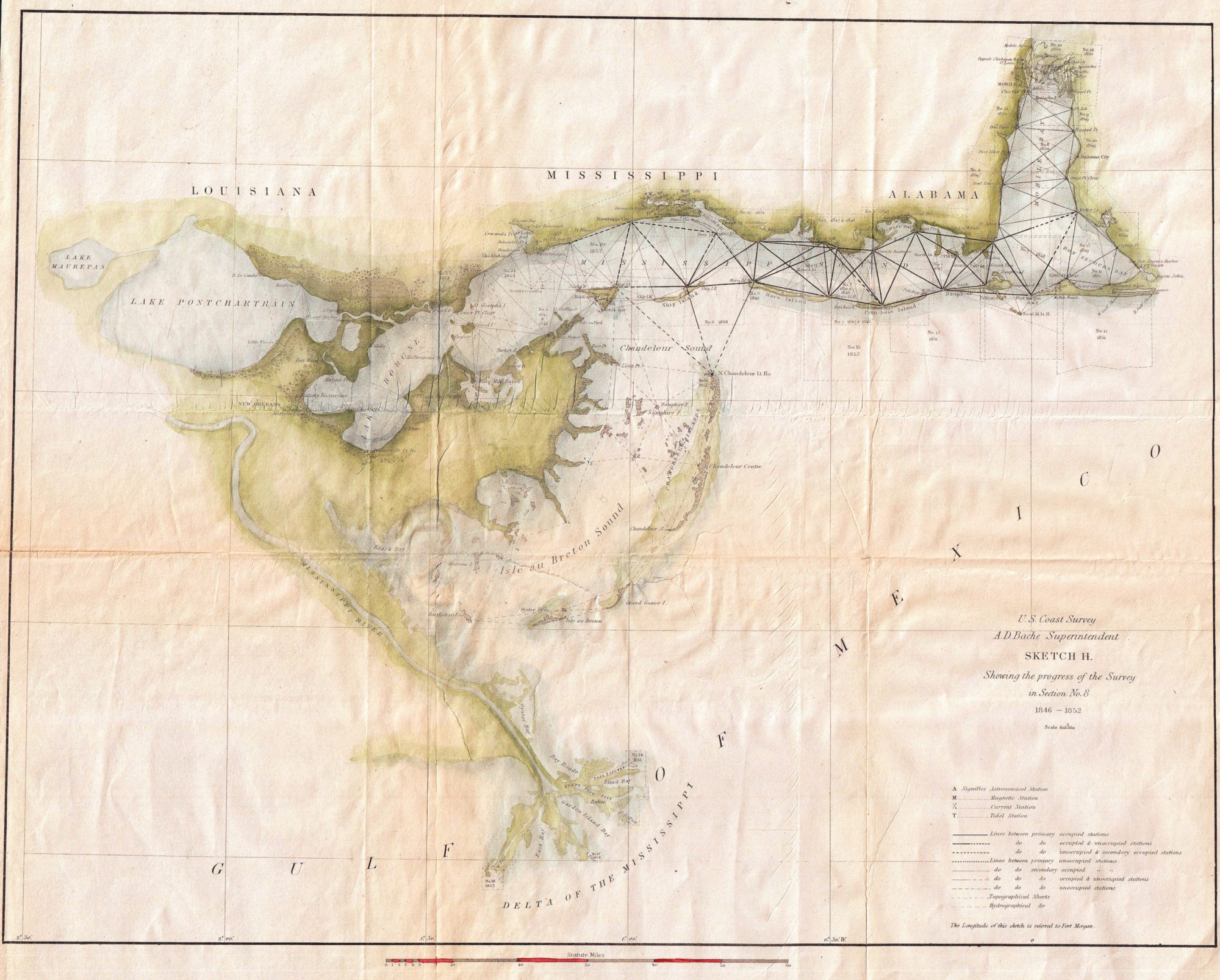
Significant events in New Orleans’ past paint a picture of French and Spanish vestiges, cherished traditions, and cultural conflict that both history buffs and visitors to the city can appreciate. The marks left on the city by its storied history are still evident today – historic landmarks stand tribute to times gone by, and the varied cuisines found throughout the city get their flavors from different cultures coexisting in the Big Easy.
New Orleans tells its history through jazz music and voodoo, old plantation homes and above-ground cemeteries, among other symbols. From the origins of colonial New Orleans to modern-day parades and festivals, old traditions have made way for new practices, making the city the rich cultural melting pot it is today. Take a look at some of the major events in New Orleans’s past to get a sense of what makes this vibrant city so unforgettable.
Colonial New Orleans
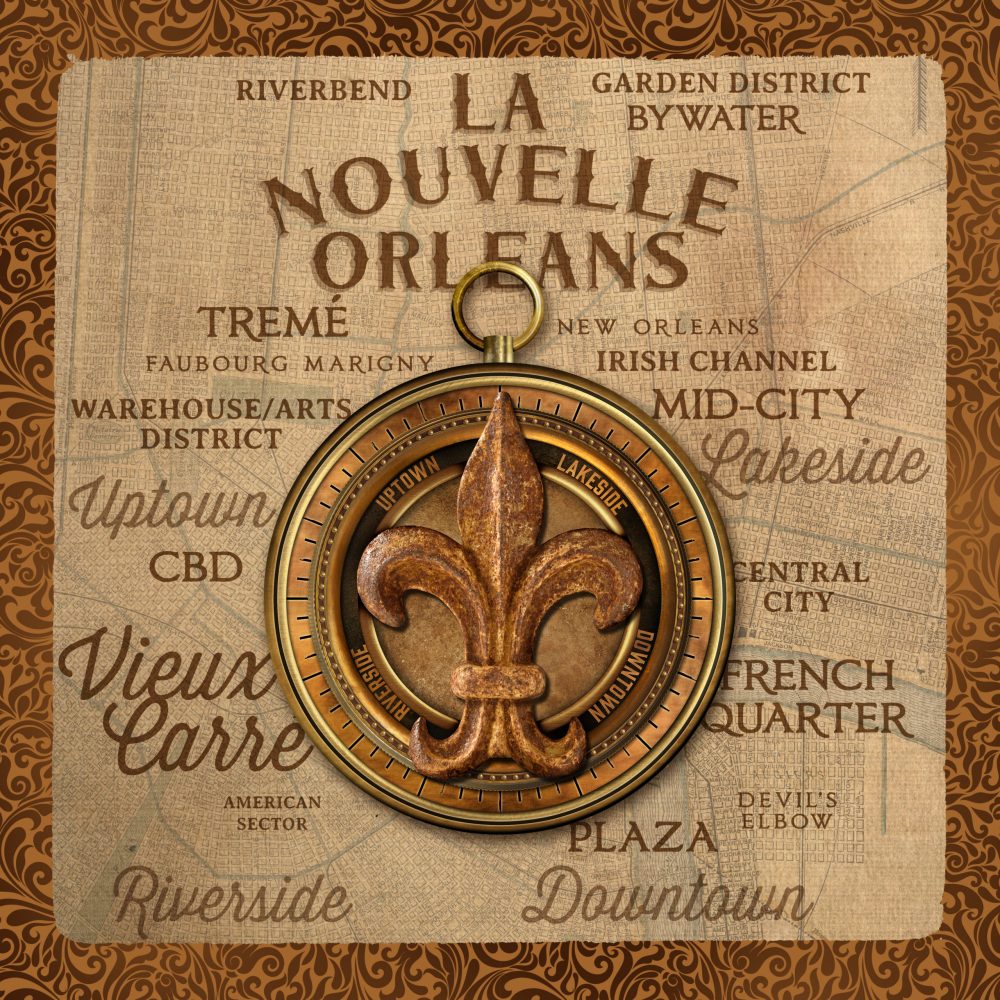
The first known residents of New Orleans were Native Americans, and the city got its first European settlers in 1718 when French Louisiana governor Jean Baptiste Le Moyne de Bienville founded what was then called Nouvelle-Orléans. A few years later, he established New Orleans as Louisiana’s capital city (formerly Biloxi). Unfortunately, that same year, a hurricane destroyed most of the city, leading to a rebuild in the grid pattern that today makes up New Orleans’ famed French Quarter. While the popular neighborhood gets its layout and street names from the French (not to mention foodie favorites like pralines), most of the architecture, paint colors, and building materials are evidence of Spanish influences in the neighborhood. More on this below…
Spanish Rule in New Orleans
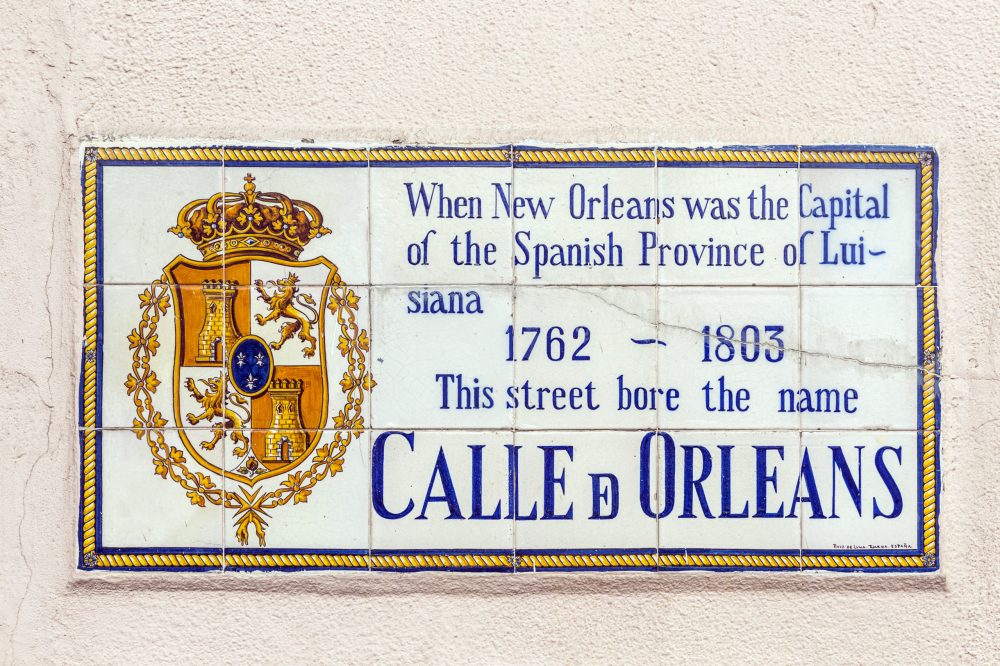
By the late 1700s, the French had ceded New Orleans to Spain in order to resolve conflicts caused by the French and Indian War. From 1763 to 1803, New Orleans was under Spanish rule, the impact of which can still be felt today in the city’s tropical colors, stucco, ornate ironwork, and dishes like paella. Much of the Spanish architecture was constructed after the city suffered two major fires in 1788 and 1794 that destroyed most of the original buildings. In addition to rebuilding the structures destroyed in the fire, the Spanish built city walls, levees, and canals to improve and protect the city. They also established trade with Cuba, Mexico, and other countries.
The Louisiana Purchase
New Orleans didn’t remain under Spanish control for long. In 1802, Spanish King Charles IV transferred New Orleans back to France under persuasion from Napoleon Bonaparte. Bonaparte then sold the entire Louisiana colony to the United States for $15 million. The 800,000-square-mile territory doubled the size of the U.S., and the deal went down in history as one of the most important achievements of Thomas Jefferson’s Presidency, resulting in 15 new states.
New Orleans in the 1800s
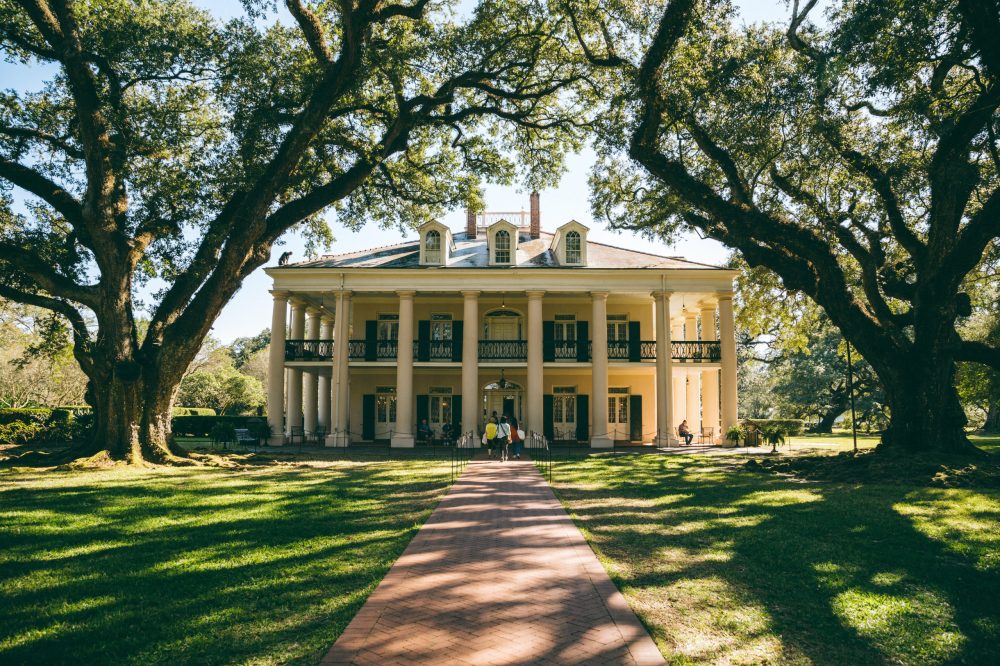
During the 1800s, New Orleans flourished into the wealthiest city in the United States, with the highest concentration of millionaires. The city’s French roots were strong – the majority of the population still spoke French, and the Creoles (descendants of early French inhabitants) had created an elegant cosmopolitan society unlike any other in the country.
Of course, the great wealth of New Orleans in the 1800s must be attributed to the cotton and sugar cane plantations that depended on thousands of enslaved African Americans to ensure their success. Evidenced by the elaborate Antebellum-era plantation houses that still stand along River Road, the Louisiana sugar cane industry was worth more than $20 million annually.
But behind the opulent homes and manicured gardens, the city couldn’t hide the fact that it was the nation’s largest slave marketplace, continuing to trade slaves even after the close of the transatlantic slave trade. The sheer number of slaves moving throughout New Orleans made it a key strategic site going into the American Civil War.
It only took a year for Union troops to take the city unopposed, leading to a reconstruction era in which free people of color and emancipated slaves were brought into the political process. Unfortunately, white supremacist forces like the Ku Klux Klan were quick to force African Americans back out of political proceedings in the late 1800s.
New Orleans in the 1900s
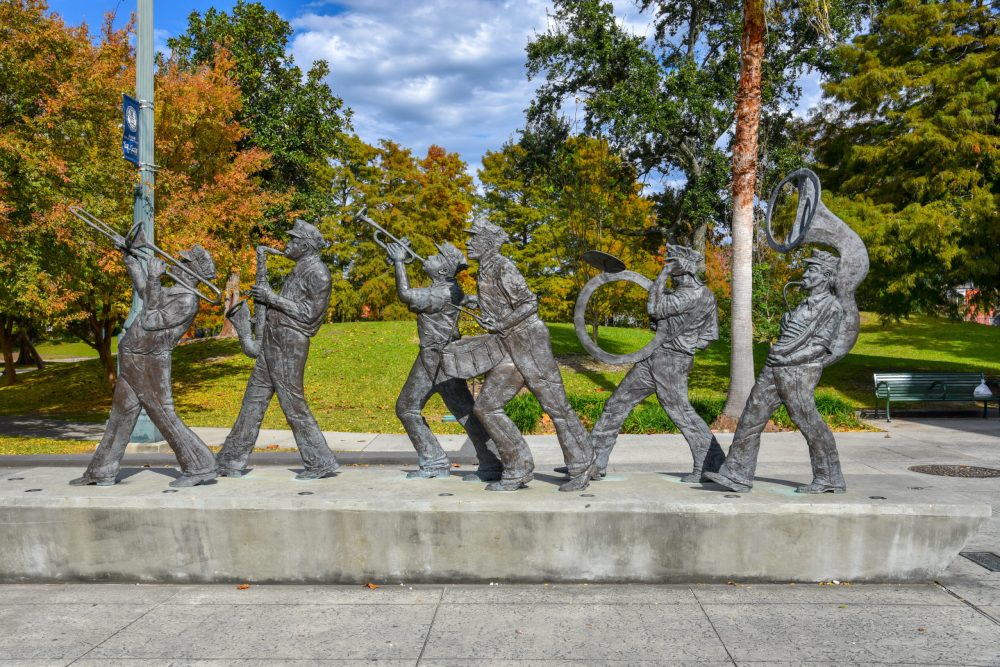
The early 1900s in New Orleans marked the dawn of jazz, as well as an emphasis on arts and performance throughout the city. Museums, music halls, clubs, and restaurants came to life, and other music genres like hip-hop and rap got their start in New Orleans. The rise of an artistic community brought different ethnic groups together to create many of the city’s great offerings that visitors still enjoy to this day.
Did you know that New Orleans played an important role in World War II? Local shipbuilder Andrew Higgins designed boats to navigate the Louisiana bayous and realized that they would work well for soldiers boating onto shallow beaches to avoid enemy fire. New Orleans residents set to work building the boats that were used on the beaches of Normandy and made New Orleans famous for its role in the war.
The Civil Rights movement of the 1960s gave new opportunities to African Americans, but it also led to conflicts over school integration, suburbanization, and other issues. As a result, many white residents left the city, causing many parts of the city to become impoverished. Despite these challenges, the rise of industrialization and arts throughout the city made New Orleans a popular tourist destination, with thousands of visitors drawn to its unique culture and impressive Mardi Gras festivities.
21st-Century New Orleans
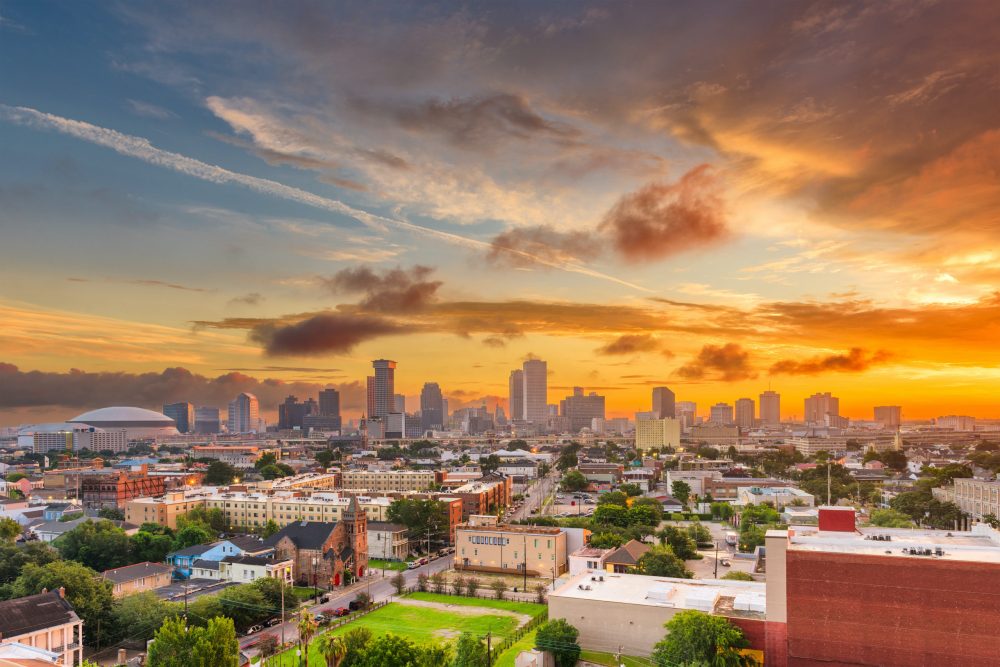
Perhaps the most significant event in the city’s recent history was Hurricane Katrina, a Category 5 storm that hit New Orleans on August 29, 2005. Six hundred thousand people were evacuated, but almost 2,000 residents lost their lives when a storm surge breached four levees and flooded 80% of the city. With the majority of New Orleans’ infrastructure destroyed, it took years of rebuilding to restore the city to its previous state.
In the years following Hurricane Katrina, New Orleans has again begun to flourish into a popular tourist hub, known for its world-renowned culinary scene, haunted attractions, museums, and dance clubs. A full schedule of year-round festivals and parades continues to draw visitors to the city, and New Orleans’ diverse neighborhoods keep people entertained throughout their stay.
Despite the challenges faced throughout the years, New Orleans remains an impressive city of rich cultural heritage and shared experiences. After just one visit, you’re sure to feel the pride exhibited by the city’s residents as you stroll between hundred-year-old live oaks and feel the magic of jazz music streaming from dance clubs. Can’t get enough New Orleans history? Book a history and culture tour! And don’t forget to check out these 7 fun facts you didn’t know about New Orleans.
